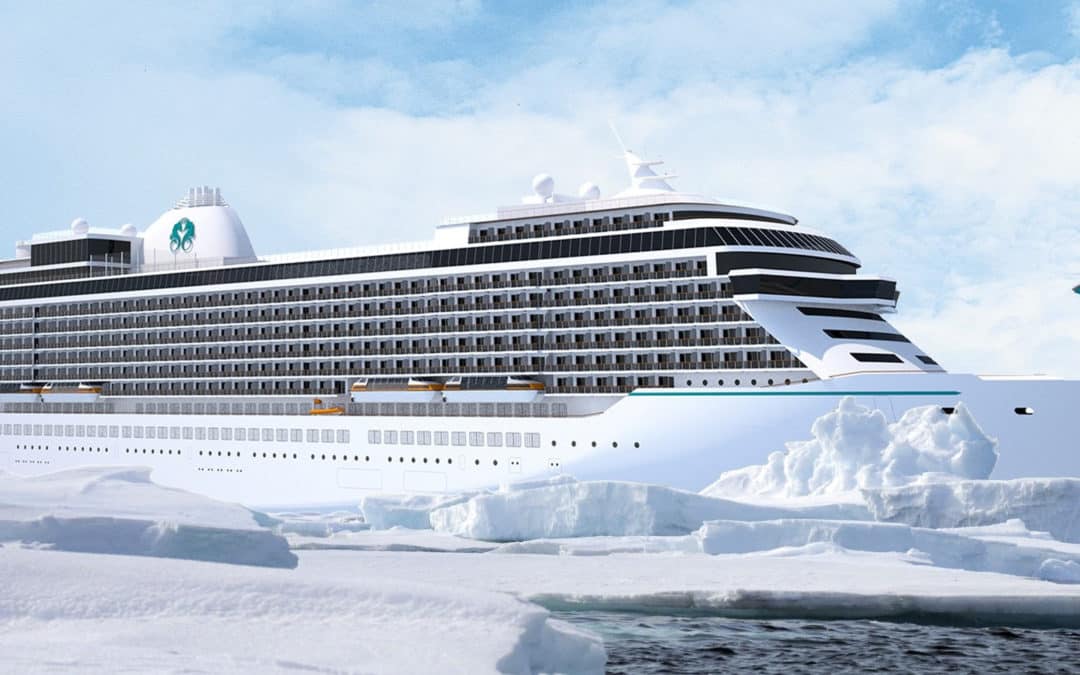A surge in offshore vessel repair and maintenance work at Gibdock has included a special project for returning customer Solstad, to ensure that Normand Reach meets the exacting hull cleanliness standards set by Australia’s National Biofouling Management Guidelines for commercial vessels.
The 120.85m length Solstad CSV entered the yard for a special wash and brush up on its way to Western Australia, where it has been reported as due to enter charter in the coming weeks to work in the Ichthys gas field development project.
Solstad is a regular Gibdock customer, but this is the first time that the 2014-built Normand Reach has been in the yard, with an 11-day period spent in Gibdock Drydock No.2 for hull-washing, blasting and antifouling coating, routine drydocking works, and final tasks carried out afloat.
“Our decision to use Gibdock on the Normand Reach project was based on our previous good experience with the yard,” says Conrad Melhus, Solstad Shipping Technical Manager Norway. “The fact that Gibraltar is on the route from the North Sea to Singapore/Australia via Suez Canal was also a factor. A lot of cleaning and paintwork performed on the hull, and the climate in Gibraltar is most favourable in April compared to Norway. Gibdock demonstrated once again that it was a good choice for Solstad Shipping AS.”
Australian guidelines covering invasive species are among the most demanding in the world. Over and above regular hull-cleaning work and propeller polishing, Australian inspections focus on niche areas where biofouling can accumulate, including the rudder hinge, sea chest, bilge keel and bow thruster, and any associated grates.
“The internal surfaces of sea chests, for example need to be painted with antifouling coatings that are suitable for the flow conditions of seawater through the chest,” says Gibdock Ship Manager Filip Tsankov. “These standards demand deep cleaning and close attention to detail.” Gibdock has performed hull cleaning work in line with Australian expectations on several occasions, he adds.
Gibdock also undertook some special fabrication work as part of the job, with new plating installed to reinforce the vessel’s bridge and main deck protection against the threat of piracy.
Richard Beards, Managing Director, Gibdock, says the yard acquitted itself once more on offshore work demanding high quality solutions while meeting the owner’s schedule. Of eight ships in the yard, three are offshore vessels from returning customers. It is not yet clear whether the upturn in offshore work demonstrates the green-shoots of recovery in the market, or is further evidence of Gibdock’s favourable location on the main Europe-Asia trade-lane, he says.
“What is certain is that more complex offshore projects have been coming through from the major oil and gas majors in recent months, and our purpose-built ‘Pad 1’ area for heavier work and fabrication has been playing a significant role in ongoing projects.” said Beards.

